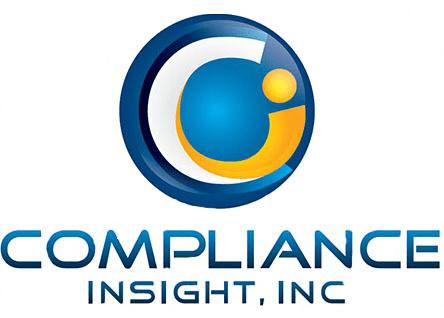As we continue our exploration of the LDT Final Rule, it’s essential to focus on the stakeholders who will experience the most significant changes: CLIA labs. The new regulations will bring about increased operational costs, quality system changes, and enhanced validation efforts. However, with the right strategies, CLIA labs can navigate these challenges and continue to thrive.
In this post, we’ll break down the specific impacts on CLIA labs and offer practical advice for adapting to the new regulatory environment.
Increased Operational Costs
Understanding the New Compliance Costs
The LDT Final Rule introduces several new compliance requirements, leading to increased operational costs for CLIA labs. These costs stem from the need to implement and maintain new quality systems, conduct additional validation efforts, and ensure compliance with FDA regulations.
For example, one lab director I spoke with mentioned that their lab had to hire additional staff just to manage the increased workload from the new reporting and validation requirements. This is a common scenario many labs will face.
Budgeting for the Future
To manage these costs, it’s crucial for CLIA labs to reassess their budgets and allocate funds specifically for compliance-related activities. Consider investing in automation and software solutions that can streamline reporting and validation processes, ultimately reducing labor costs in the long run.
Quality System Changes
Adapting to New Quality System Regulations
The LDT Final Rule mandates significant changes to the quality systems of CLIA labs. These changes include stricter documentation requirements, enhanced quality control measures, and more rigorous validation processes for LDTs.
Implementing Effective Quality Management
To comply with these new regulations, labs must enhance their quality management systems. This might involve updating standard operating procedures (SOPs), conducting regular internal audits, and providing ongoing training for staff.
I recall a conversation with a quality manager who emphasized the importance of regular training sessions. By keeping the team updated on the latest regulatory changes, they ensured that everyone was on the same page and that their quality system remained robust.
Enhanced Validation Efforts
Meeting the New Validation Requirements
One of the most challenging aspects of the LDT Final Rule for CLIA labs is the increased validation efforts required for LDTs. Labs must now conduct more comprehensive validation studies to demonstrate the accuracy, reliability, and performance of their tests.
Strategies for Successful Validation
To meet these requirements, labs should adopt a systematic approach to validation. This includes developing detailed validation plans, conducting thorough performance studies, and documenting all findings meticulously. Partnering with third-party validation experts can also provide valuable insights and ensure compliance.
Conclusion
The LDT Final Rule presents significant challenges for CLIA labs, but with careful planning and strategic investments, these challenges can be managed effectively. By understanding the new compliance costs, adapting quality systems, and enhancing validation efforts, CLIA labs can navigate the new regulatory landscape and continue to deliver high-quality diagnostic services.
In our next post, we will explore the impact of the LDT Final Rule on IVD manufacturers and offer strategies for managing potential delays in the FDA review process.
Stay tuned for more insights and practical advice on adapting to the LDT Final Rule.
